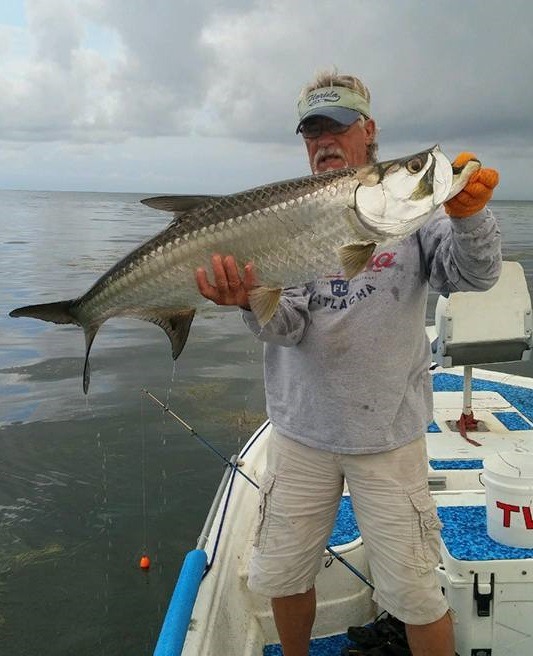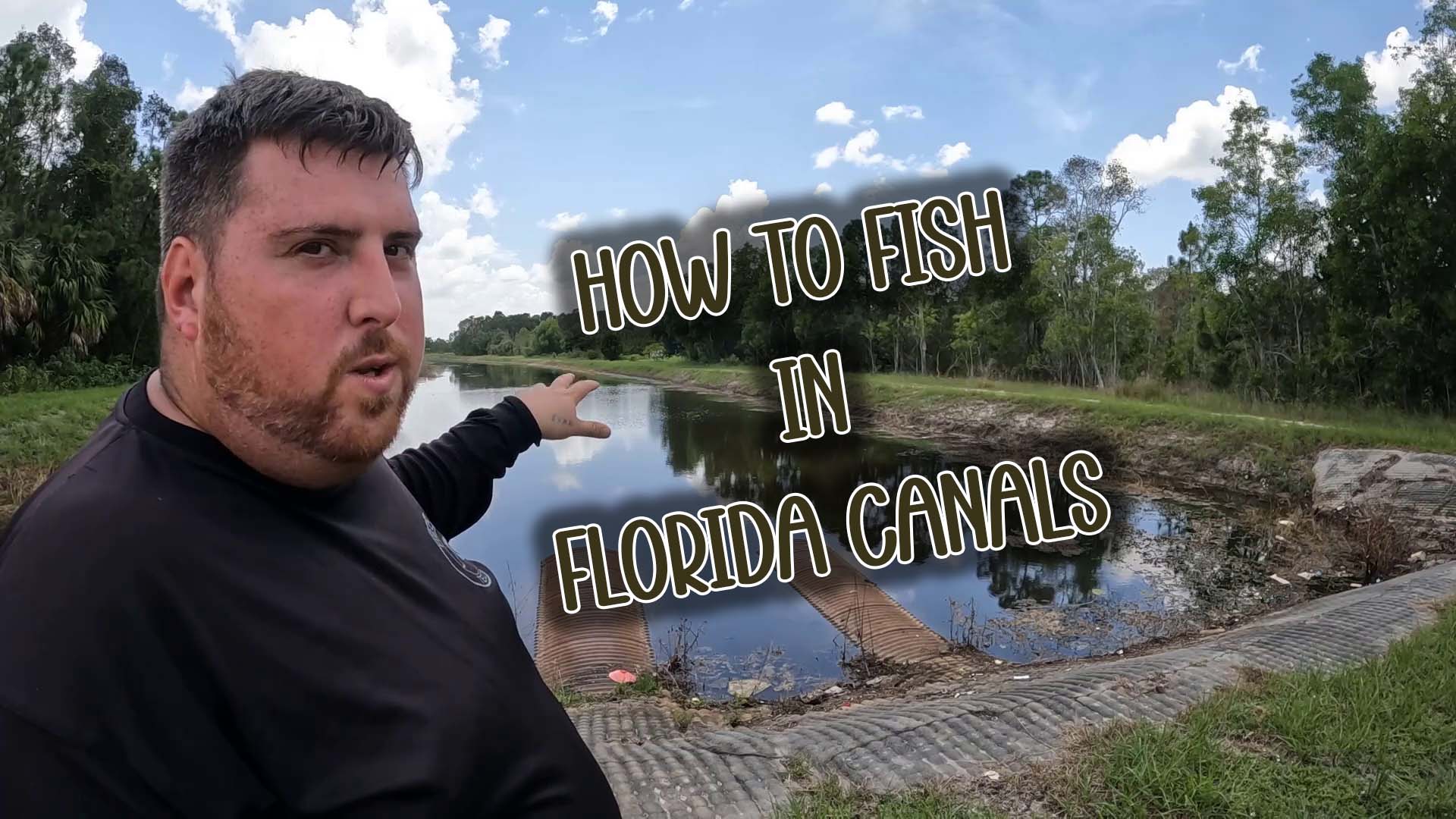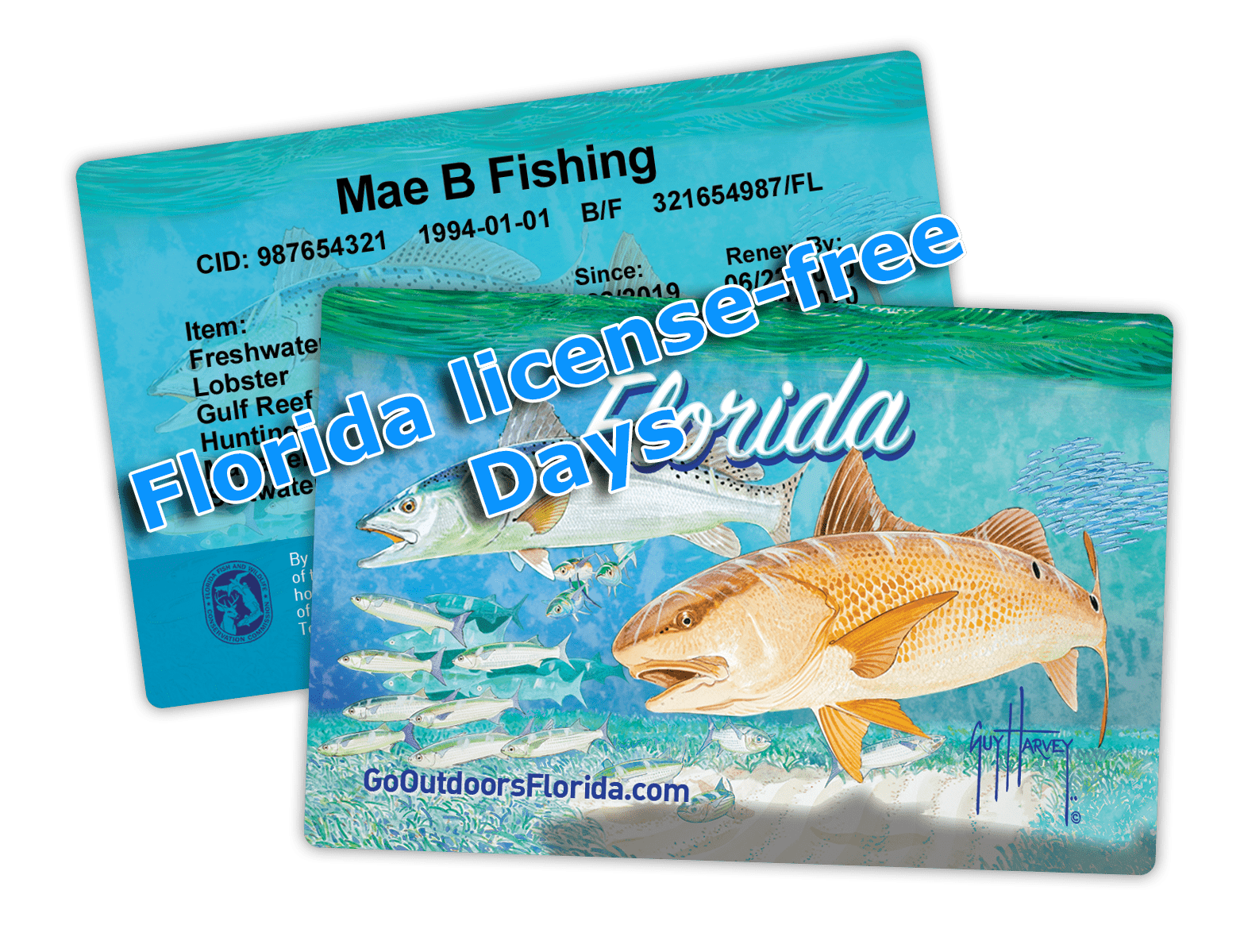Snook Fishing
Snook Fishing in Florida: A Comprehensive Guide to Gear and Techniques
Introduction:
Fishing for Snook in the beautiful state of Florida is an exciting and rewarding experience. This guide aims to provide you with invaluable tips on the recommended fishing gear and techniques to make the most of your Snook fishing adventure. Whether you’re a beginner or an experienced angler, this article will equip you with the knowledge you need to increase your chances of success.
Understanding Snook:
Before delving into the gear and techniques, it’s essential to understand the behavior and habitat of Snook. These elusive fish are commonly found along the Gulf Coast and Atlantic coasts of Florida. Snook often seek shelter near structures such as mangroves, bridges, docks, and jetties. They are most active during dusk and dawn, making these prime times for your fishing expeditions.
Handling Snook Safely: Snook have very razor-sharp gill plates, and we highly advise against holding a snook near the gill. Snook also have a sandpaper jaw; they’re sometimes tricky to grip by the jaw when they wiggle. It’s best to use a fish grabber tool if you have one.
Recommended Fishing Gear:
- Rod and Reel:
Selecting the appropriate fishing rod and reel combination is crucial for Snook fishing. A medium to heavy-action spinning rod, typically around 7-8 feet long, is ideal for casting accurately and handling larger Snook. Match your rod with a high-quality saltwater spinning reel with a smooth drag system to handle the strong fights and sudden bursts of speed from Snook. - Fishing Line:
Opt for a braided fishing line with a test strength ranging between 20-30 pounds. Braided lines offer excellent sensitivity, castability, and superior strength to handle the aggressive strikes and unpredictable nature of Snook. Pair your braided line with a fluorocarbon leader of 20–30 pounds to improve invisibility in clear water and provide abrasion resistance near structures. - Hooks and Lures:
For Snook fishing, using live bait such as pinfish, mullet, or shrimp is highly effective. To rig your live bait, use a circle hook, preferably in sizes 2/0 to 4/0, which reduces gut-hooking and increases the chances of a safe release. Additionally, some artificial lures that Snook find irresistible include topwater plugs, soft plastic jerkbaits, and swimming jigs. Experiment with different colors and sizes to determine what entices the Snook in your area. - Terminal Tackle:
To avoid losing your prized catch, use barrel swivels (size 1 or 2) to prevent line twists while connecting your mainline and leader. Add a few split shots or a small sliding sinker above your leader to provide the necessary weight for casting accuracy and depth control.
Techniques for Snook Fishing:
- Casting Technique:
Mastering accurate casting near structure is key when targeting Snook. Practice techniques such as skipping your lure under docks, pitching alongside mangroves, or casting parallel to rock jetties. Snook are often found lurking in cover where they can ambush their prey, so precision casting is crucial to increasing your chances of success. - Retrieval Techniques:
Snook are known for their explosive strikes, especially when using topwater lures during low light conditions. Employ a mix of slow and fast retrieves, pausing intermittently to mimic injured baitfish and trigger a reaction strike. Experiment with different speeds and action to find what works best for the Snook on any given day. - Patience and Persistence:
Snook fishing requires patience, as these fish can be selective and temperamental at times. Remain persistent and adapt your tactics if the fish aren’t responding. Keep exploring different locations, adjusting your presentation, and observing the local conditions to maximize your chances of landing that trophy Snook.
Snook Regulations: https://myfwc.com/fishing/saltwater/recreational/snook/
You need to be aware that snook are seasonal fish and require a saltwater fishing license if you want to keep them, and they must be within the legal size limit. We highly recommend checking out the Snook Regulations link to find out more. Snook can still be caught out of season but must be released.
Conclusion:
With its diverse waters and abundance of Snook, Florida offers an incredible fishing experience for anglers of all skill levels. Equipped with the right gear, understanding Snook behavior, and employing the recommended techniques, you’ll be well-prepared to tackle the challenge of catching Snook. Remember to practice responsible angling, including proper catch-and-release methods, to preserve the Snook population for future generations of anglers to enjoy. Happy fishing!
Share this content:







Post Comment
You must be logged in to post a comment.